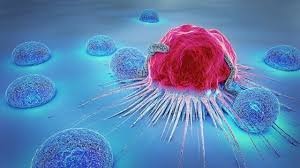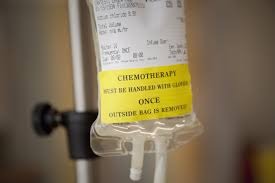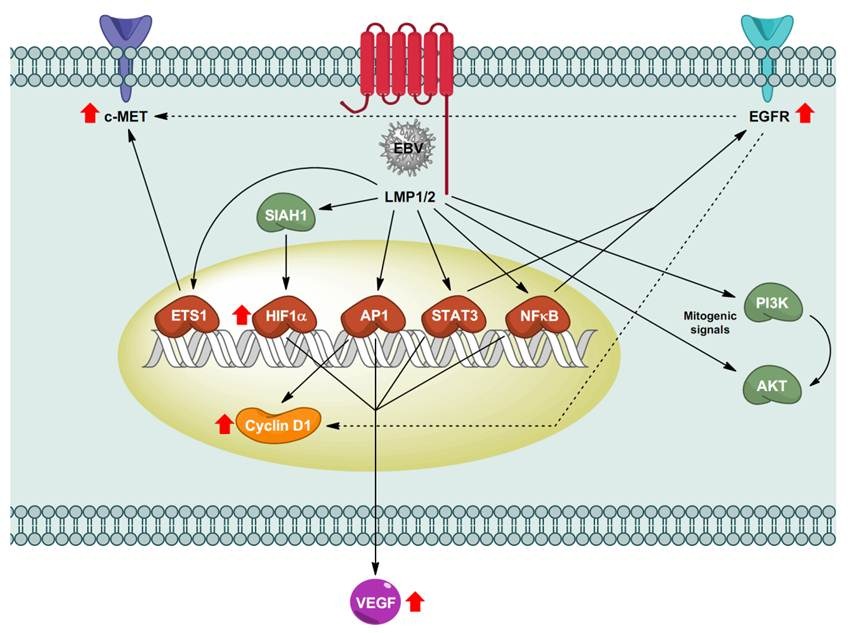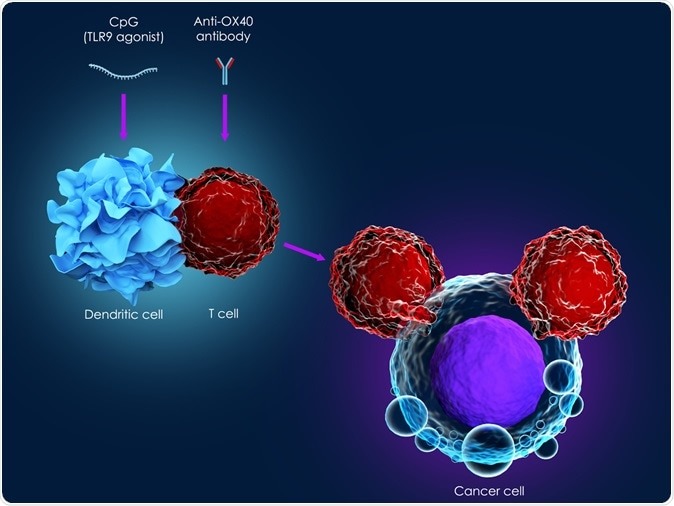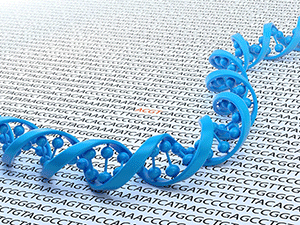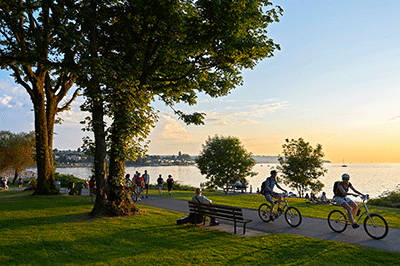Nobel Conference 56Resources to Learn More
Cost of and Access to New Treatments
Cost of New Treatment
Overshadowing advances in cancer treatment is the prohibitive cost of bringing new treatments to market. Many factors contribute to the cost. Some of the drugs are simply too complex to synthesize in the way that simpler compounds, like aspirin, are made. Others, including those using gene therapy, must be tailored to an individual’s cells and can’t be mass-produced. But the biggest cost? Failure: most drugs don’t succeed.
How Does a New Treatment Get Approved? The Food & Drug Administration's Five Step Process
Interview with Just Therapeutics’ CEO and Nobel Conference speaker Jim Thomas A 16-minute video
Trying to Get Your CAR T Therapy Covered by Insurance from National Public Radio
How Big Pharma's Racist Price Gouging Kills Black and Brown People, from Action Center on Race and the Economy
How to Study Racial Disparities, from Scientific American
Access to New Treatments
Beyond costs, many people don’t have access to such treatment or even timely diagnosis. “Even with advances in early detection, treatment, and prevention, African Americans and individuals from other medically underserved groups continue to experience disparities in risk for cancer, access to care, and outcomes,” says Chanita Hughes-Halbert, Nobel Conference presenter.
Disparities in Pediatric Palliative Care: An Opportunity to Strive for Equity from the Journal of the American Academy of Pediatrics
Cancer And Health Inequalities from Cancer Research UK
Science Minute: Cancer Health Disparities
Cancer affects some groups more than others.
Learn more about racial disparities in cancer by watching this short video.

